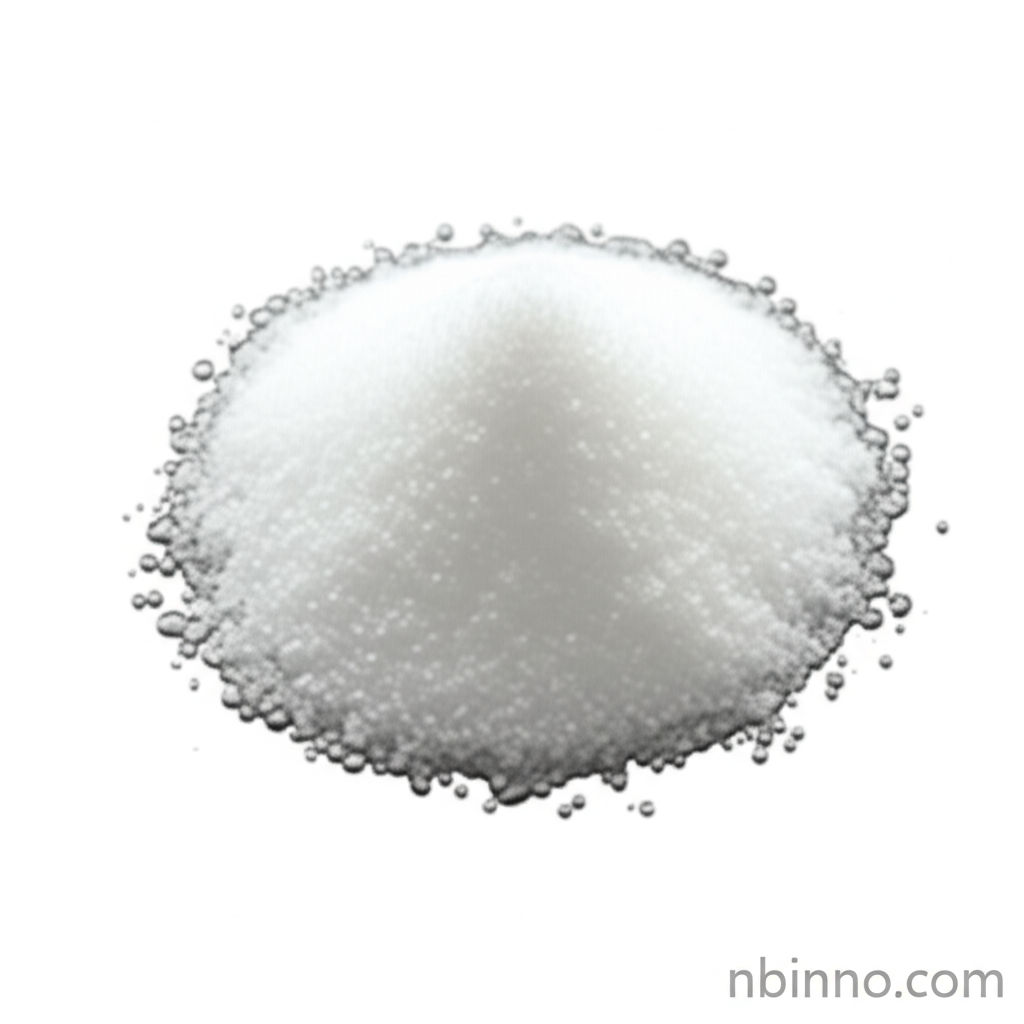2,5-Di-1-naphthalenyl-1,3,4-Oxadiazole: A Key Fine Chemical for Advanced Applications
Discover the properties and uses of this crucial organic compound in electronic materials and beyond.
Get a Quote & SampleProduct Core Value

2,5-Di-1-naphthalenyl-1,3,4-Oxadiazole
This compound, identified by CAS 905-62-4, is a high-purity organic molecule recognized for its utility as a fine chemical intermediate. Its unique structure, featuring naphthalene moieties attached to a 1,3,4-oxadiazole core, lends itself to applications in advanced electronic materials and organic synthesis.
- Explore the diverse applications of 1,3,4-oxadiazole derivatives in cutting-edge fields, leveraging their unique electronic and optical properties.
- Discover reliable sourcing for 2,5-Di-1-naphthalenyl-1,3,4-Oxadiazole CAS 905-62-4 suppliers to ensure a consistent supply for your research and manufacturing needs.
- Understand the importance of electronic chemicals intermediates in the development of next-generation technologies, from displays to lighting.
- Learn about the typical physical properties, such as its crystalline powder form and melting point, crucial for handling and application in your processes.
Key Advantages and Features
High Purity & Quality
With a purity typically exceeding 98.0%, this compound is ideal for sensitive applications where precise chemical composition is paramount, supporting your organic synthesis endeavors.
Versatile Intermediate
Serving as a critical building block, it enables the synthesis of more complex molecules, highlighting its role as a valuable fine chemical intermediate.
Fluorescent Properties
Many 2,5-disubstituted 1,3,4-oxadiazoles exhibit fluorescence, making them suitable for applications requiring light emission or detection, often utilized in OLEDs.
Key Applications
Electronic Materials
This compound is a vital component in the production of advanced electronic materials, including those used in Organic Light-Emitting Diodes (OLEDs), contributing to the field of electronic chemicals.
Organic Synthesis
As a fine chemical, it acts as a versatile intermediate in complex organic synthesis pathways, allowing for the creation of novel compounds with tailored properties.
Research & Development
Its well-defined structure and properties make it a subject of interest in academic and industrial research for exploring new material functionalities.
Specialty Chemicals
It finds use in niche applications within the specialty chemicals sector, where its unique characteristics are specifically required.
